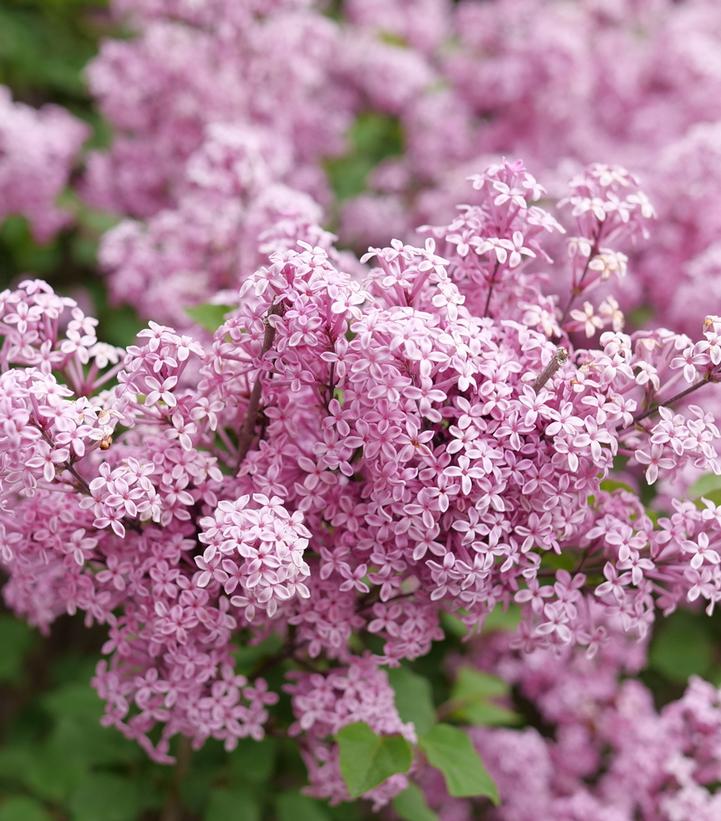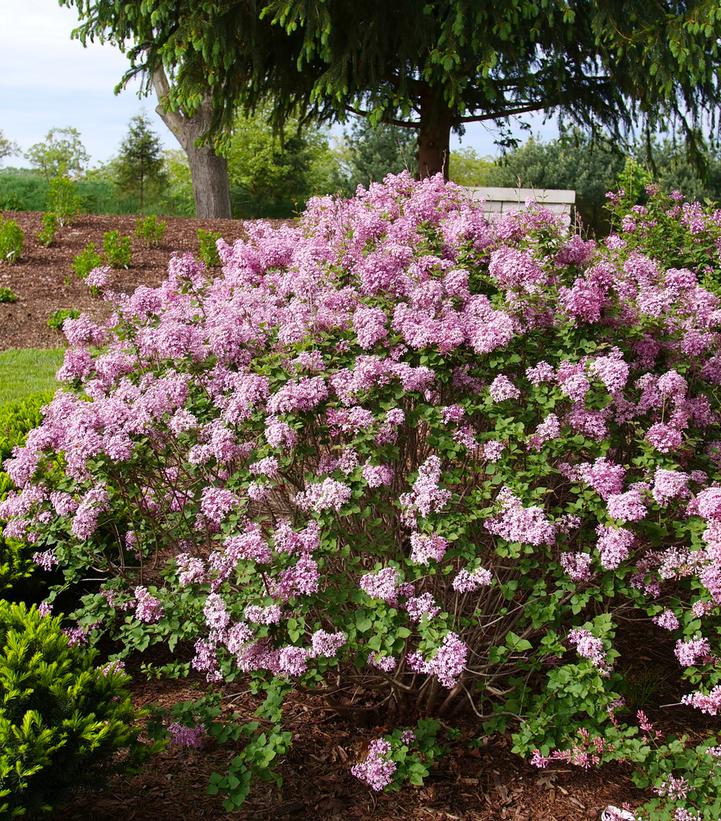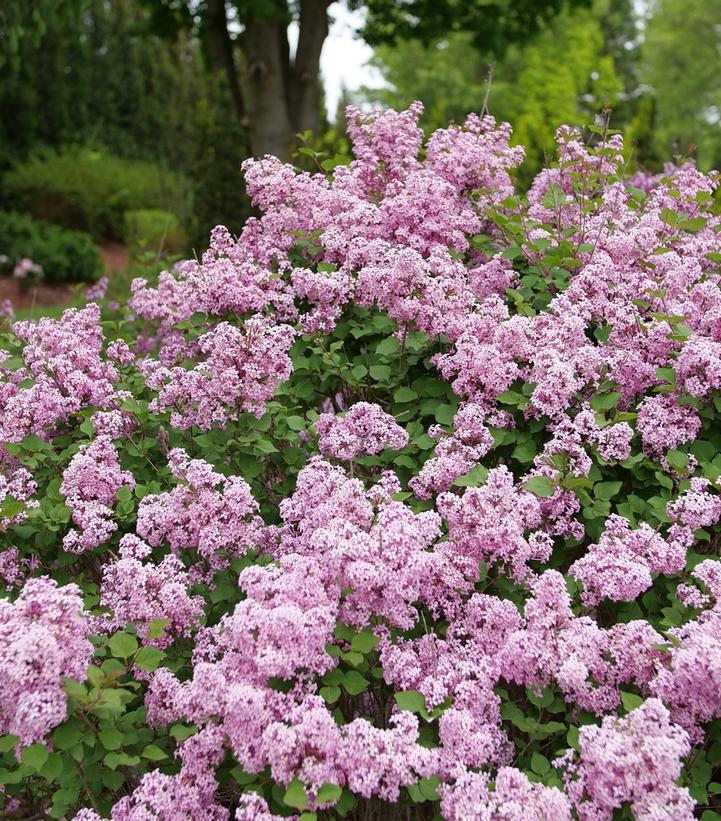





Syringa x Bloomerang® Purpink
Bloomerang® Purpink Reblooming Lilac
- Blooms in spring and summer
- Unique coloring
- Fragrant
- Popular choice for planting in decorative containers
- Disease resistant
- Attracts bees and butterflies

- Category: Shrub
- Alternate Cultivar: 'SMNSPTP'
- Patent: PP35,123
- Breeder: Proven Winners
- Hardiness Zone: 3-7
- Height: 3-5 ft
- Spread: 2-3 ft
- Bloom Color: Pink Shades, Purple Shades
- Foliage Color: Green Shades
Purchase options for Bloomerang® Purpink Reblooming Lilac
- Size: 3 Gallon 12-15"
- Status: BeautiFULL
- Availability: Online
$84.00
Success Starts With Soil
Fafard Premium Natural & Organic Compost
$12.99
Add To CartGet ready to debate! Are the flowers on Bloomerang® Purpink™ a lovely shade purple or are they pale pink? We couldn’t decide, so we combined them in the name to let you decide. The real conversation starts when you see just how many blooms it puts out in the spring and again later on in the summer. It’s one of the most prolific rebloomers in our series, which is saying something! It belongs in a highly visible spot in your garden, like near a front door or by your driveway.
Foliage Color
| • | Green |
Maintenance and Care
| • | Mass Planting |
Critter Resistance
| • | Deer Resistant |
Programs
| • | Proven Winners |
Exposure
| • | Full Sun |
Habit
| • | Mounding |
Soil Moisture
| • | Average Water |
Growing Tips for Syringa x 'Bloomerang® Purpink'
Plant only in full sun and well-drained soil; lilacs cannot tolerate soggy, wet conditions.
The rebloom of Bloomerang lilac occurs on the new growth the plant creates after its spring bloom. For the best rebloom, it's vital that the plant grows vigorously during late spring and early summer. Do this by keeping it well-watered and mulched and in plenty of sun (six hours a day at least). If you wish to fertilize it, you may do so in early spring, once the ground has thawed, and again in late spring, after it blooms.
If you want to prune Bloomerang lilac, do so immediately after its spring bloom. Never cut it back in fall, winter, or early spring - doing so will remove the spring flower buds. It is not necessary to prune Bloomerang lilac in order for it to rebloom. However, giving it a light trim after blooming does remove the developing seed heads (they look like green bananas, and some people don't care for the way they look on the plant), providing a neater look, and encourages more new growth for reblooming. Trimming after blooming will delay the rebloom by a few weeks compared to an untrimmed Bloomerang lilac.
Like nearly all lilacs, Bloomerang lilac actually requires a period of cold weather in order to bloom well. This is why lilacs are not typically suited to warmer climates. However, they are very, very cold tolerant and thrive in climates as cold as USDA zone 3.




